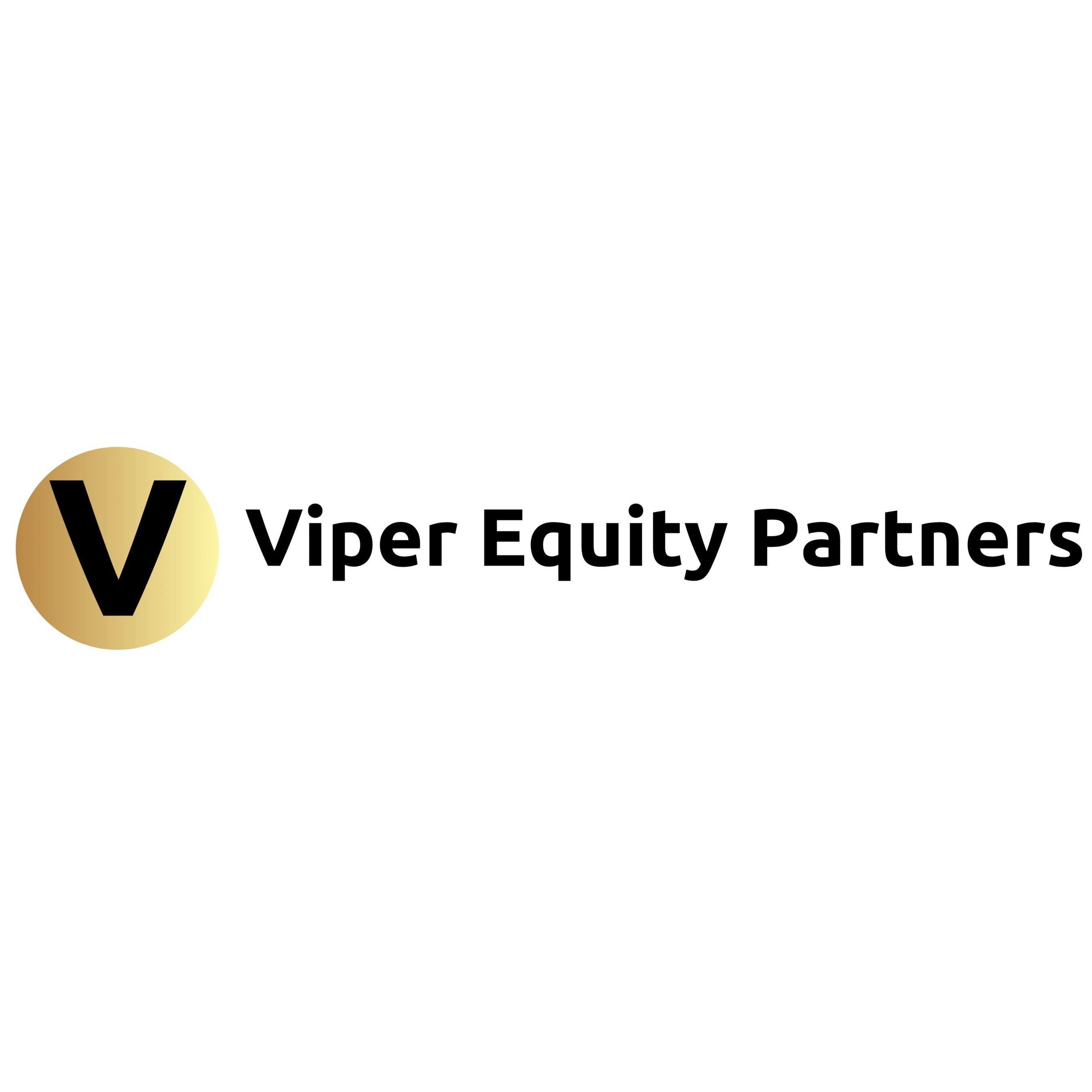Efficient insurance and billing processes are crucial for the success of dental practices. This article explores best practices that can streamline insurance claims and billing procedures, reducing administrative burden and enhancing the overall patient experience.
Navigating insurance and billing in dentistry can be complex, requiring meticulous attention to detail to ensure accurate reimbursement and a smooth administrative process. This article delves into best practices that dental practices can adopt to simplify their insurance and billing procedures, ultimately benefiting both the practice and the patients.
- Comprehensive Insurance Verification: The foundation of a streamlined billing process is accurate insurance verification. Ensure that staff members are well-trained to verify patients’ insurance coverage before appointments. Confirming details such as coverage limits, pre-authorizations, and eligibility reduces the risk of claim denials and minimizes administrative overhead.
- Clear Communication with Patients: Establishing clear communication with patients regarding their insurance coverage is essential. Provide transparent information about co-pays, deductibles, and any out-of-pocket expenses they may incur. Clear communication fosters trust and helps prevent misunderstandings that can lead to delayed payments or dissatisfaction.
- Utilization of Electronic Claims Submission: Embrace technology by submitting insurance claims electronically. Electronic claims submission accelerates the processing time, reduces errors associated with manual paperwork, and allows for quicker reimbursements. This not only improves efficiency but also enhances the overall financial health of the dental practice.
- Regular Staff Training on Coding Updates: Dental codes and billing regulations can undergo changes regularly. Ensuring that your staff is up-to-date on these changes is crucial for accurate billing. Regular training sessions and staying informed about coding updates prevent errors that may result in claim denials or delays.
- Implementation of Real-Time Eligibility Verification: Incorporating real-time eligibility verification tools into your workflow enables immediate confirmation of patients’ insurance status. This ensures that the information is current and reduces the likelihood of denied claims due to outdated or incorrect insurance details.
- Adoption of Electronic Remittance Advice (ERA): Electronic Remittance Advice (ERA) is an electronic document that provides an explanation of payments and adjustments after a claim is processed. Adopting ERA streamlines the reconciliation process, allowing for a quicker and more accurate understanding of the financial transactions associated with insurance claims.
- Proactive Management of Denied Claims: Denied claims can be a significant hurdle in the billing process. Implement proactive measures to address denied claims promptly. Identify common denial reasons, establish clear protocols for resolving denials, and maintain open communication with insurance providers to resolve issues efficiently.
- Integration of Practice Management Software: Invest in practice management software that integrates seamlessly with insurance and billing processes. A robust software solution can automate tasks, track claims, and generate comprehensive reports, reducing the manual workload for staff and minimizing the risk of errors.
- Clear Financial Policies and Procedures: Establishing clear financial policies and procedures is essential for both the practice and the patients. Clearly outline payment expectations, accepted insurance plans, and the process for handling outstanding balances. A transparent financial policy contributes to smoother billing processes and improved patient satisfaction.
- Periodic Audits and Reviews: Regularly conduct audits and reviews of your insurance and billing processes. Assess the accuracy of submitted claims, review denials and appeals, and identify areas for improvement. Periodic evaluations help in refining processes and adapting to changes in the healthcare landscape.
Effectively managing insurance and billing processes is integral to the success of dental practices. By adopting best practices such as comprehensive insurance verification, embracing technology, and maintaining clear communication, dental practitioners can streamline their administrative procedures, reduce errors, and enhance the overall patient experience.

